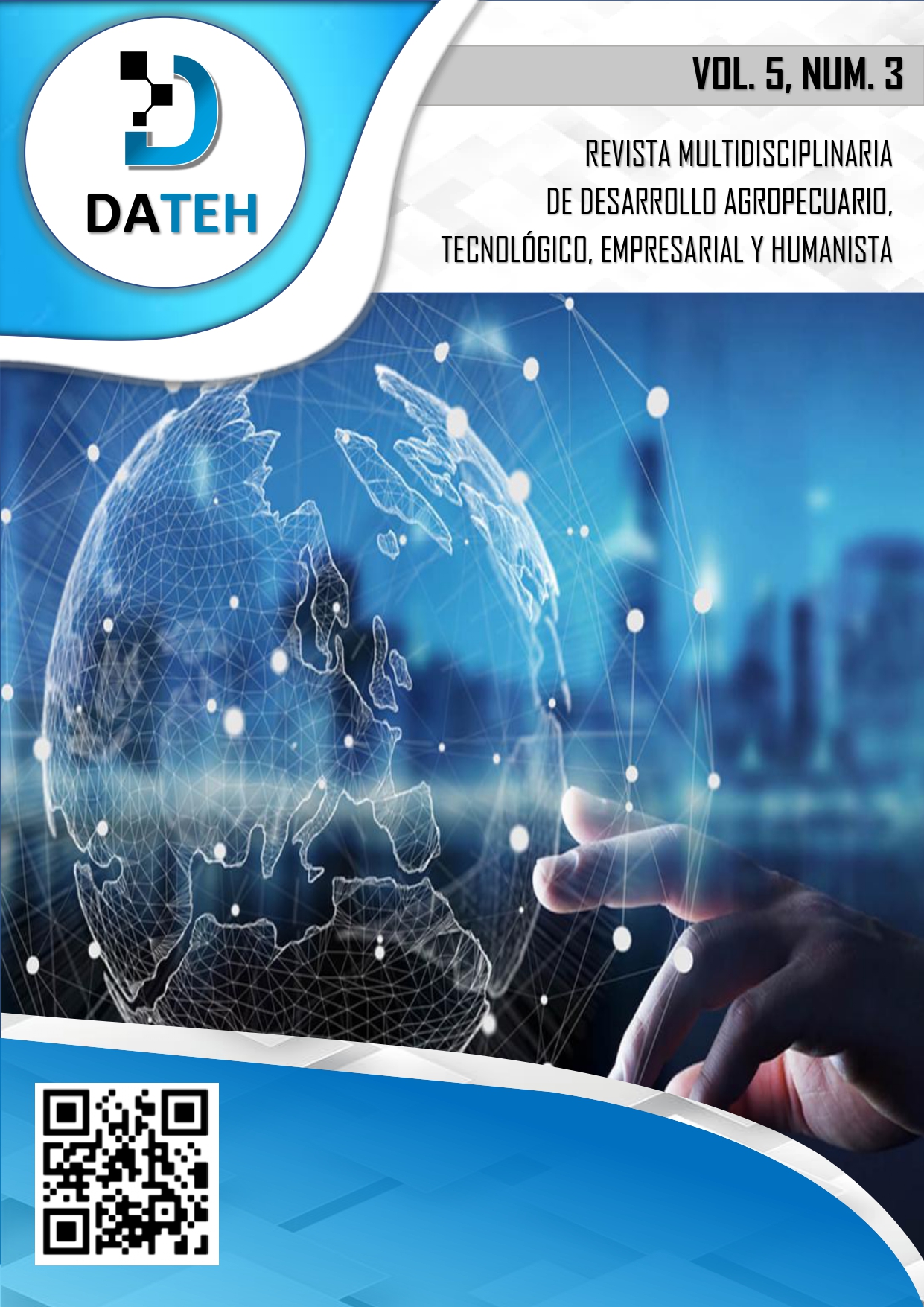The augmented reality in mathematical logical development in early childhood education
Abstract
Currently, the study of the relationship between augmented reality and mathematical logical development in early childhood education is necessary because it investigates how augmented reality can enhance the learning of mathematics by combining real and virtual elements in an interactive experience. In order to achieve this objective, the theoretical foundations of augmented reality and its relevance to the development of mathematical logic in the early stages are presented. Furthermore, the challenges that students face when developing mathematical skills in these stages are addressed, and the way in which augmented reality can overcome these challenges is explored. Previous research demonstrating the benefits of augmented reality in understanding mathematical concepts and student motivation is reviewed. In conclusion, the importance of implementing augmented reality in educational environments carefully and thoughtfully to promote mathematical logical development in early education is highlighted. It is expected that this study will encourage a greater application of augmented reality in education, benefiting children in their early years of mathematical learning.
Downloads
References
Bernal, L., y Ballesteros-Ricaurte, J. (2020). Metodología para la construcción de objetos virtuales de aprendizaje, apoyada en realidad aumentada. Sophia, 13(1), 4- 12.
Cabero-Almenara, J., Barroso-Osuna, J., y Llorente-
Cejudo, M. (2020). Technology acceptance model & realidad aumentada: estudio en desarrollo. . Revista Lasallista de Investigación, 13(2), 18-26.
Cabero-Almenara, J., y Roig-Vila, R. (2019). The
Motivation Of Technological Scenarios In Augmented Reality (Ar): Results Of Different Experiments. . Applied Sciences, 9(14), 1-15.
D., V.-C., A., P.-B., y González-Sánchez, J. (2022). La competencia informacional-digital en la enseñanza y aprendizaje de las ciencias en la educación secundaria obligatoria actual: una revisión teórica. Revista Eureka sobre Enseñanza y Divulgación de las Ciencias, 15(2), 2105-2115.
Dorta, D., y Barrientos, I. (2021). La realidad aumentada como recurso didáctico en la enseñanza superior. Revista Cubana de Ciencias Informáticas, 15, 146-164.
García-Lázaro, D., y Martín-Nieto, R. (2023). Competencia matemática y digital del futuro docente mediante el uso de GeoGebra. Alteridad, 18(1), 1-24.
Gozálvez-Pérez, V., y Cortijo-Ruiz, G. (2023). Desarrollo humano y redes sociales en sociedades digitales. Sophia, Colección de Filosofía de la Educación, 34, 41-64.
Ivana Stojšić, A., Ivkov-Džigurski, O., Maričić, J., Stanisavljević, J., y Milanković Jovanov,
T. (2020). Students’ Attitudes Toward The Application Of Mobile Augmented Reality In Higher Education. . Društvena Istraživanja - Časopis Za Opća Društvena Pitanja , 29(4), 535-554.
Laurens, A. (2020). Realidad Aumentada Móvil: Una estrategia pedagógica en el ámbito universitario . Revista Técnica de la Facultad de Ingeniería, Universidad del Zulia, 43(3), 142-149.
Marín, V., Morales, M., y Reche, E. (2020). Aprendizaje con videojuegos con realidad aumentada en educación primaria. Revista de Ciencias Sociales (Ve), 26, 1-17.
Marín-Díaz, V., y Sampedro-Requena, B. (2020). La Realidad Aumentada en Educación Primaria desde la visión de los estudiantes. Alteridad, 15(1), 61-73.
Martín-Sabarís, R., y Brossy-Scaringi, G. (2022). La realidad aumentada aplicada al aprendizaje en personas con Síndrome de Down: un estudio exploratorio. Revista Latina de Comunicación Social,, 72, 737- 750.
Piscitelli, A. (2022). Realidad virtual y realidad aumentada en la educación, una instantánea nacional e internaciona l. Economía Creativa (7), 34-65.
Roig-Vila, R., López-Padrón, A., y Urrea-Solano,
M. (2023). Dependencia y adicción al smartphone entre el alumnado universitario: ¿Mito o realidad? Alteridad. Revista de Educación, 18(1), 34-47.
Sáez-López, J., Cózar-Gutiérrez, R., González- Calero, J., y Gómez Carrasco, C. (2020). Augmented Reality In Higher Education: An Evaluation Program In Initial Teacher Training. . Education Sciences, 10(2), 1- 26.
Seixas, S., y Manrique, A. (2023). The Use of Technology and its Contributions to the Comprehensive Training of Students with Autistic Spectrum Disorder and Students with Intellectual Disabilities in Mathematics Classes. Sisyphus - Journal of Education, 10(3), 33-46.
Thomas, R., Linder, K., Harper, N., Blyth, W., Yee, V., y Bahula, T. (2019). Current And Future Uses Of Augmented Reality In Higher Education. Idea, 1-15.
Villalustre, L., Moral, M., y Neira -Piñeiro, M. (2019). Teachers´perception about augmented reality for teaching science in primary education. SWOT Analysis. Revista Eureka sobre Enseñanza y Divulgación de las Ciencias, 16(3), 330101-330120.
Villalustre, L., y Del Moral, M. (2020). Juegos perceptivos con realidad aumentada para trabajar contenido científico. Educa ção, Formação & Tecnologias , 10(10), 36-46.
Viracucha, E., y Manosalvas, S. (2021). Prototipo Caja de Arena de Realidad Aumentada GS-Sa ndbox. Revista Politecnica, 47(2), 63-68.
Yao, N., y Wang, Q. (2022). Technostress from smartphone use and its impact on university students’ sleep quality and academic performance. . The Asia -Pacific Education Researcher, 1-18.
Yuan, G., Elhai, J., y Hall, B. J. (2021). The influence of depressive symptoms and fear of missing out on severity of problematic smartphone use and Internet gaming disorder among Chinese young adults: A three-wave mediation model. Addictive Behaviors, 112, 1-8.



